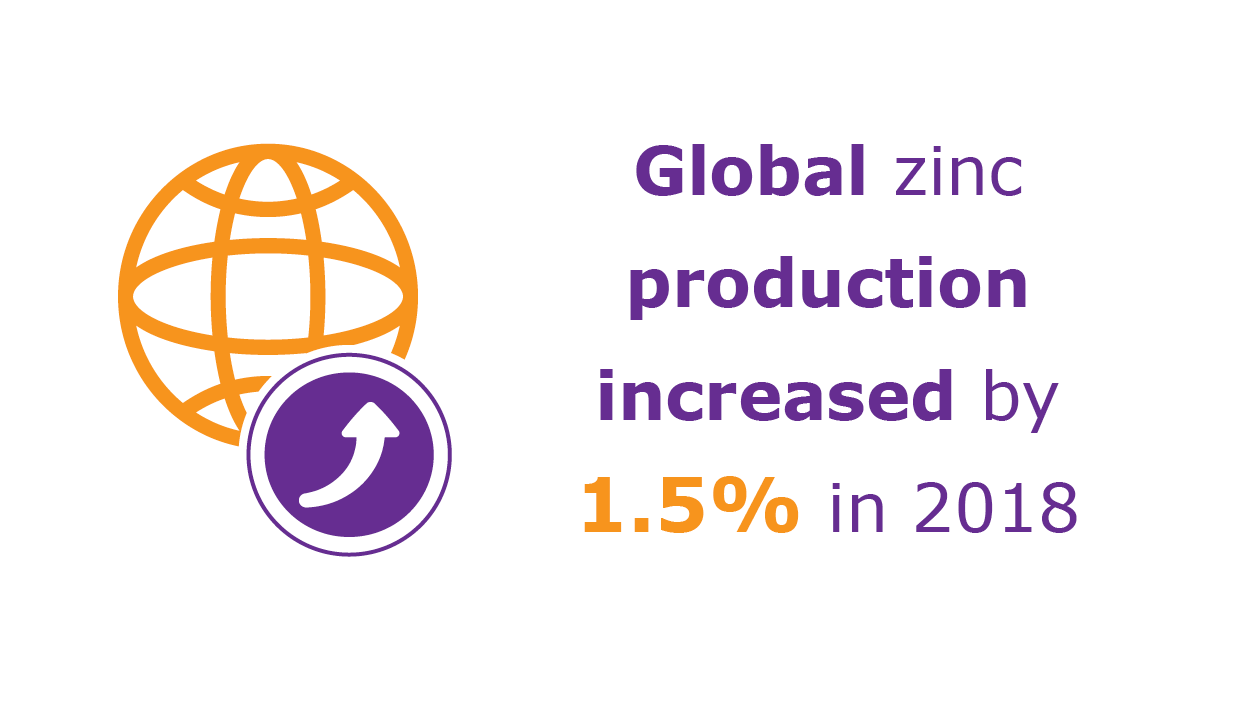When Ernest Oppenheimer founded Anglo American on the goldfields in 1917, could he have been aware of its impending massive impact for decades across most of South Africa’s industrial sectors?
In its 100 years of existence there have been changes aplenty – including the most recent, when CEO Mark Cutifani announced a ‘wide-ranging restructuring’ in February 2016.
It’s easy to forget that as recently as a year ago, Anglo – like other resource giants – had its back against a wall, with some reports describing it as ‘teetering on the brink’. These were seriously desperate times.
Commodity prices had all but collapsed – asset prices too. The cyclicality inherent in the mining and energy sectors is most often a curse. While Anglo needed to generate cash from disposals to lower its debt, there weren’t that many buyers for these assets in 2015 – and the firm was biding its time to ensure a recovery in the market so it could achieve the best possible prices for these operations.
The easy work on disposals was done last year (and to some extent the year prior). And with the recovery in the broader resources market, it’s now less a case of ‘shrink-to-survive’ as it is shrink-to-execute on the medium-term plan promised to investors. The strategy cannot change yet again.
To achieve the vision of a core portfolio of diamonds (De Beers), PGMs and copper (from nine products previously), Anglo will cut its number of mines from a peak of 68 in 2013 to 16 in the medium term.
The biggest headache is, of course, its coal and iron assets in South Africa and Australia. In the former, the plan is to shrink the portfolio to only seven mines, of which only three are among the group’s intended seven flagships.
This means getting rid of what it terms ‘non-core’ PGM mines, nine coal operations, a manganese mine and Kumba Iron Ore (of which Anglo owns 70%). It’s the latter that is probably the hardest pill to swallow. Sishen and Kolomela are world-quality assets and the mines print cash. Last year’s rebound saw Kumba’s share price increase more than fivefold, but it remains far short of the more than ZAR600 peak reached in 2013.
Anglo American said last February that it ‘would also consider a spin-out’ for Kumba, and given its highly cash-generative nature (and rebound), Anglo has the luxury of time with this asset. The Financial Times reported that it explicitly told analysts in late 2016 that it was ‘prepared to hang on to assets previously deemed non-core, and run them for cash’.
However, this year it has to deliver a solution. Investors won’t give the group too much more latitude in finding a way of realising value. Also, Anglo is under increasing pressure from its largest investor, the Public Investment Corporation. The state-owned manager of public pension funds, which holds a 14.5% stake in Anglo, seems to prefer a spin-off of the thermal coal and iron ore assets into a single entity.
Of course, Anglo American Platinum has to execute on its own asset disposal plan – the sprawling Rustenburg operations were sold in November 2016.
Politically, this divestment is very delicate. But, it could help fulfil a long-held vision by government of establishing a ‘domestic mining champion’.
However much its operations in South Africa may have changed, what should never be forgotten is Anglo’s place in history and how it has influenced and indeed sometimes driven South Africa’s growth. It is still a very special company.
By Hilton Tarrant





